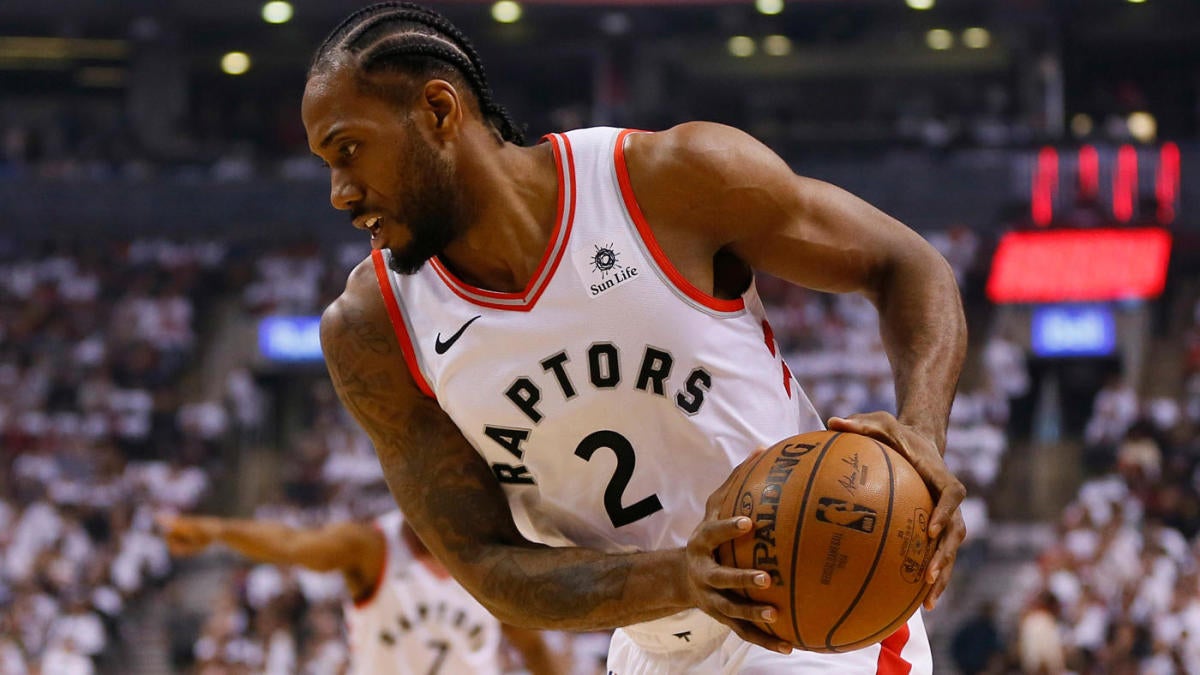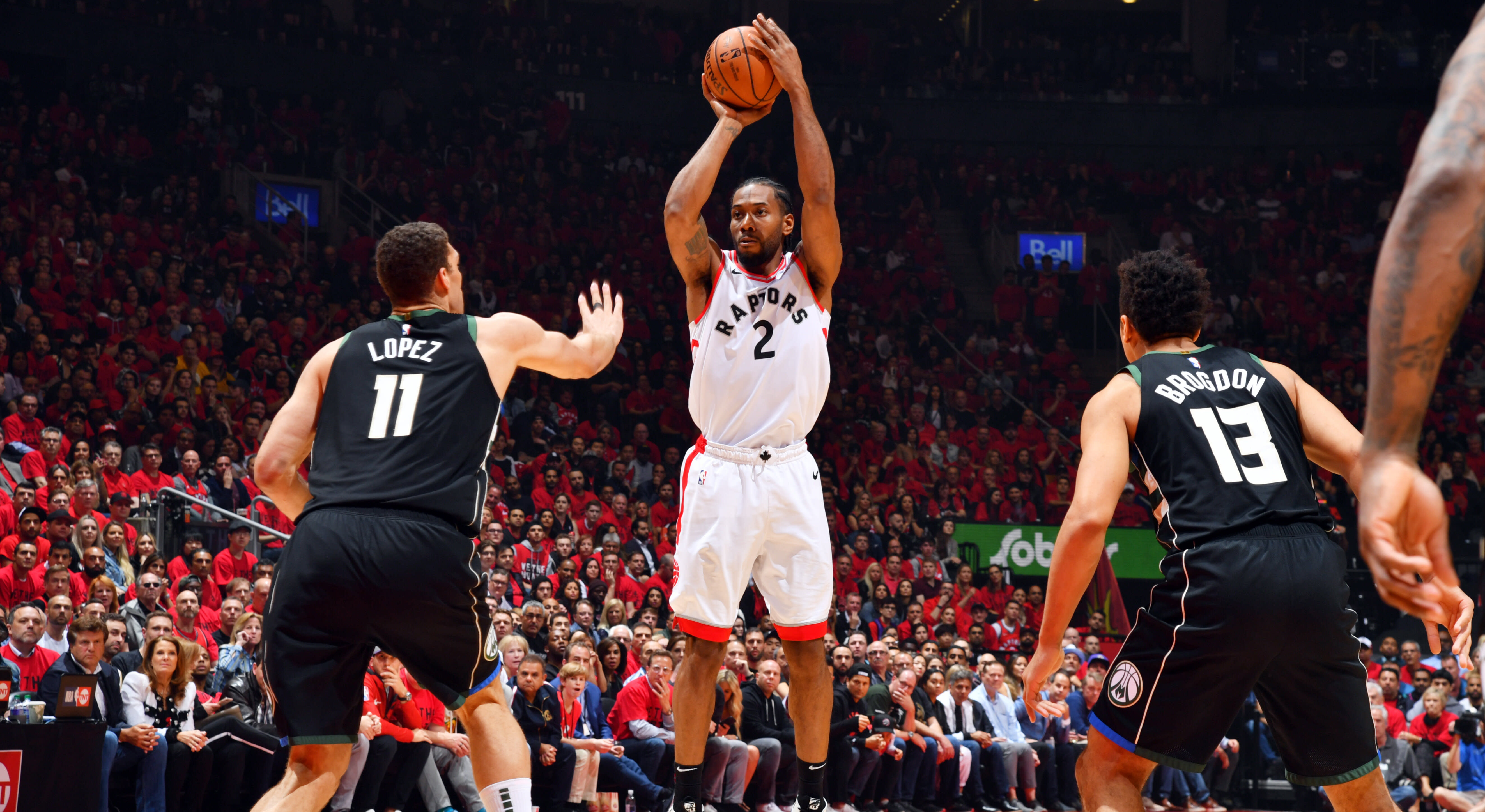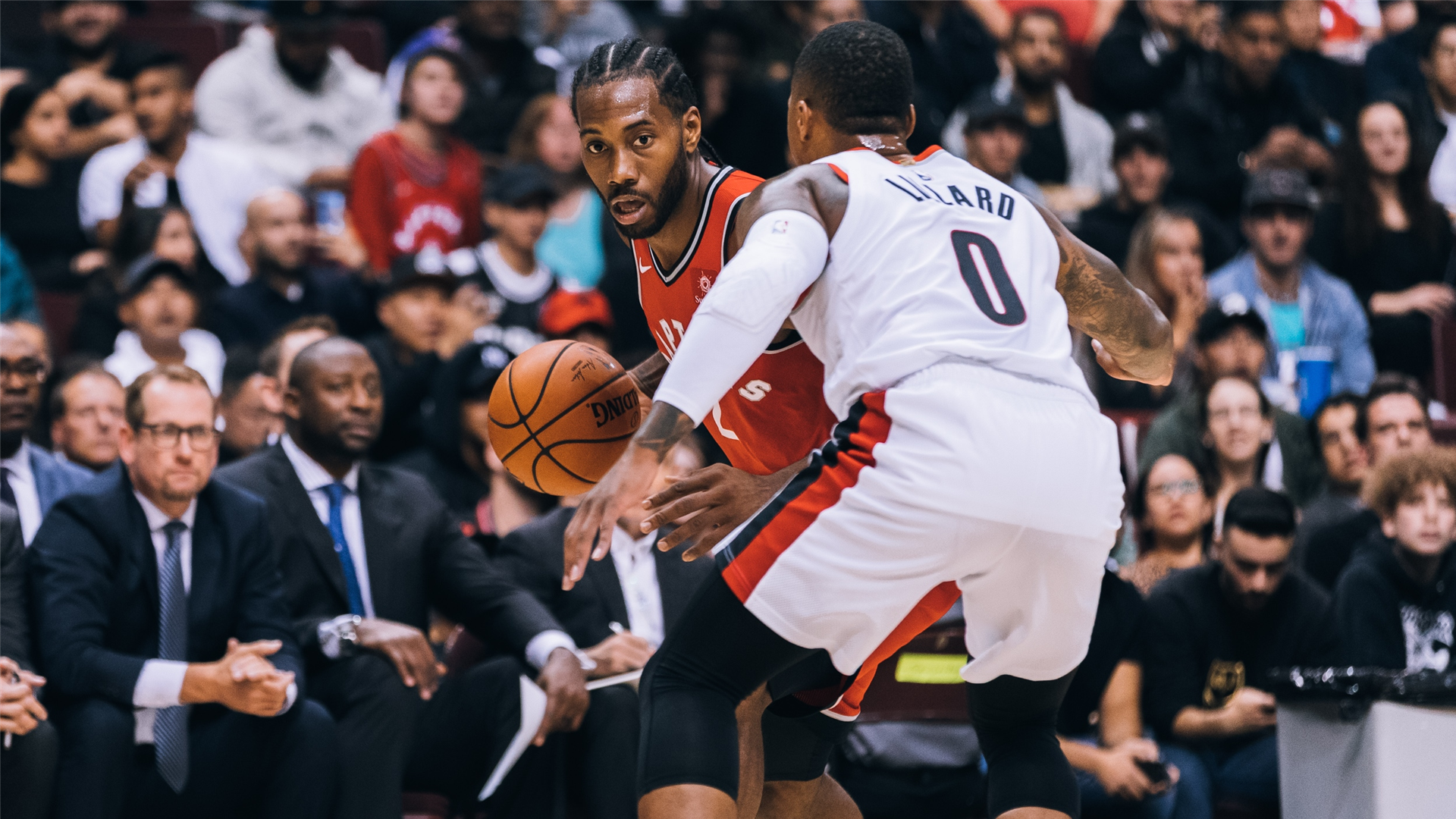
Since the day he arrived in Las Vegas, Leonard has been looking to add polish to his perimeter arsenal, especially his jump shot. He sees himself as a long-term shooting guard/small forward with the ability to defend multiple positions, and seems to have a very good understanding of what he needs to work on. Leonard's workouts are geared towards his development as a full-time wing player. Working on his shooting mechanics, ball handling, and overall perimeter skills, Leonard also impressed with his physical tools and stoic demeanor.

One of the most highly touted prospects here training at Joe Abunassar's Impact Basketball, Kawhi Leonard was amongst the most impressive players we had the opportunity to see on a number of levels.

While these numbers point out some glaring weaknesses, it's important to remember the different role Leonard is projected to play in the pros, and how most of the strengths in his scouting report (such as defense and rebounding) come in areas largely unquantifiable by statistics of this nature (at least reliably). His struggles extend both to his catch and shoot jumpers (32%) and pull-ups (28%). His 0.743 points per shots on jumpers ranks 16th of 17 in the class, where he shot an abysmal 31% from the field. Leonard is not only an average ball-handler, but he also struggles to make shots consistently from beyond the arc. If Leonard ever does develop into a more reliable isolation threat, improving his left hand should be among his top priorities, as despite seeing a near equal breakdown of drives in both directions (37 possessions going right, 35 going left), Leonard's efficiency going right (0.865 PPP) more than doubled his efficiency going left (0.429 PPP).
KAWHI LEONARD STATS FREE
He was unable to get to the free throw line consistently (11.3%, 12th) for many of these same reasons, and did not finish around the basket at a high rate, where his 1.069 PPS ranked 13th. 721 PPP on these possessions ranks 15th, indicating that he struggled to create shots effectively for himself last season. In the half-court, Leonard ranks seventh of all wings in the percentage of his possessions coming from isolations, at 15%.

For a player with his physical tools, this is less than ideal, and he could certainly see a spike in that regard at the next level, which should help his overall efficiency. Leonard played on one of the slowest-paced teams in college basketball, likely due to his team's mediocre guard play. On the positive side, Leonard's overall turnover percentage of 11.8% ranks third best in the class, and he could actually even stand to improve at the next level when he's projected to have even less shot creation responsibility initially.Īnother interesting note looking at Leonard's possessions is that only 13% of his possessions came in transition, which ranks him 13th overall in the group. Leonard's 0.889 points per possession overall ranks third worst of the 17 wings we evaluated, and his adjusted field goal percentage of 46.3% ranks dead last, a strong illustration of his scoring woes. His profile strongly indicates that he's destined to play a complimentary role in the NBA, at least in his first few seasons. We are tremendously honoured and humbled to have a community of people who value what we do, and we look forward to being at the forefront of the British game as it continues to evolve.The top ranked wing on our Big Board, Kawhi Leonard's stock is based primarily on his physical attributes, defensive abilities, and upside, so it's not a huge surprise that he doesn't fare very well from a purely statistical standpoint. For as little as $3 per month, you can support Hoopsfix – and it only takes a minute.

If everyone who enjoys our content chose to support us, our future would be much more secure. We want to devote more time to our mission of helping British basketball reach its potential, and produce even more content for the basketball community by making Hoopsfix a sustainable 100% independent business funded directly by our readers through Patreon. We have funded Hoopsfix with our freelance work creating basketball media, but sadly that means not only does it fall behind our client’s priorities, but some of those clients are the same organisations we need to report objectively on putting us in a conflicted position. Up until now, Hoopsfix has been creating editorials, videos and podcasts to provide sorely missing coverage of the British game and its distinct culture and community. In 2018 we set out to make Hoopsfix sustainable by building our relationship directly with our readers.


 0 kommentar(er)
0 kommentar(er)
